10 Easy Pantry Organization Tips for a Clutter-Free Kitchen
A well-organized pantry can make cooking and meal prep feel much easier. When everything has a place, you spend less time searching for ingredients and more time enjoying your kitchen. Simple changes like grouping foods, storing items in clear containers, and keeping frequently used staples within reach can help reduce clutter. By creating a system that works for your daily routine, you can keep shelves tidy and avoid food waste.
This post may contain affiliate links, which helps keep this content free. Please read our disclosure for more info.
Start With a Full Declutter

The first step to creating an organized pantry is removing every item and laying it all out where you can see it. This process helps you identify expired foods, duplicates, and items that no longer fit your eating habits. By doing a full reset, you get a fresh start and a clean surface to work with.
Once everything is out, sort through each item carefully. Throw away anything past its expiration date, and donate unopened items you will not use. Decluttering in this way makes space for the foods you need, and it instantly creates a more manageable pantry.
Group Similar Items Together
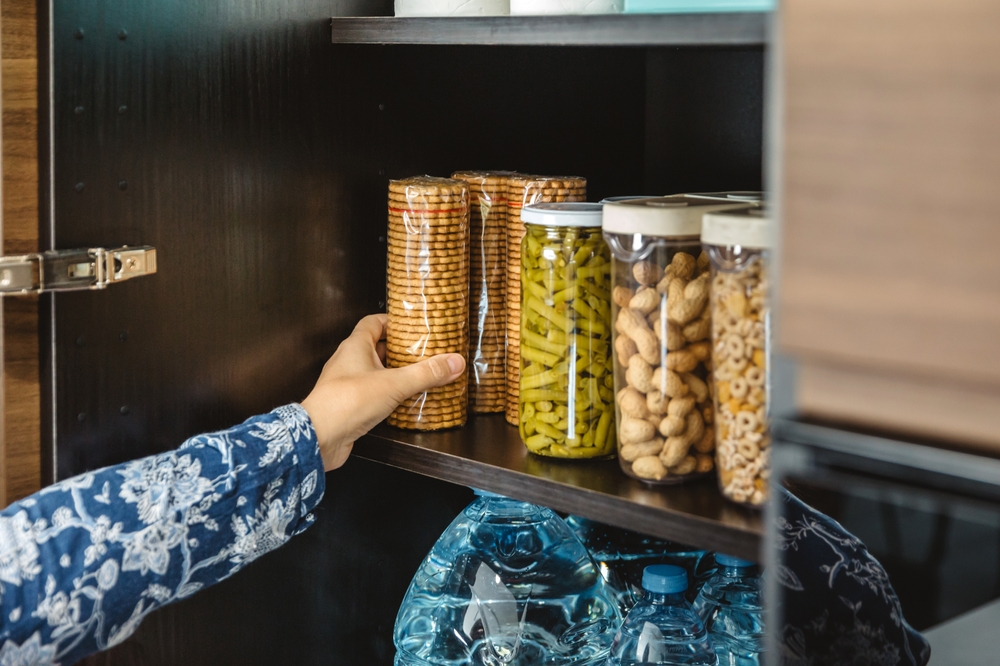
Placing similar foods in the same spot makes it easier to see what you have and prevents wasted time searching through shelves. Cans of soup, pasta sauces, and beans can stay together, while snacks like chips and granola bars should have their own section. This arrangement allows you to grab what you need quickly.
Grouping items also helps with restocking. If you see all your breakfast foods together, you know immediately whether you are running low on cereal or oats. Over time, this method builds a habit that keeps your pantry consistently neat.
Use Clear Containers

Dry goods are much easier to manage when stored in clear containers instead of half-open bags. You can instantly see how much rice, flour, or pasta is left, which helps you plan shopping trips without guessing. Airtight containers also protect ingredients from pests and moisture.
Clear containers create visual order because everything looks uniform. It reduces the cluttered look that often happens with mismatched packaging. With this small change, your pantry becomes easier to manage and much more inviting.
Label Everything
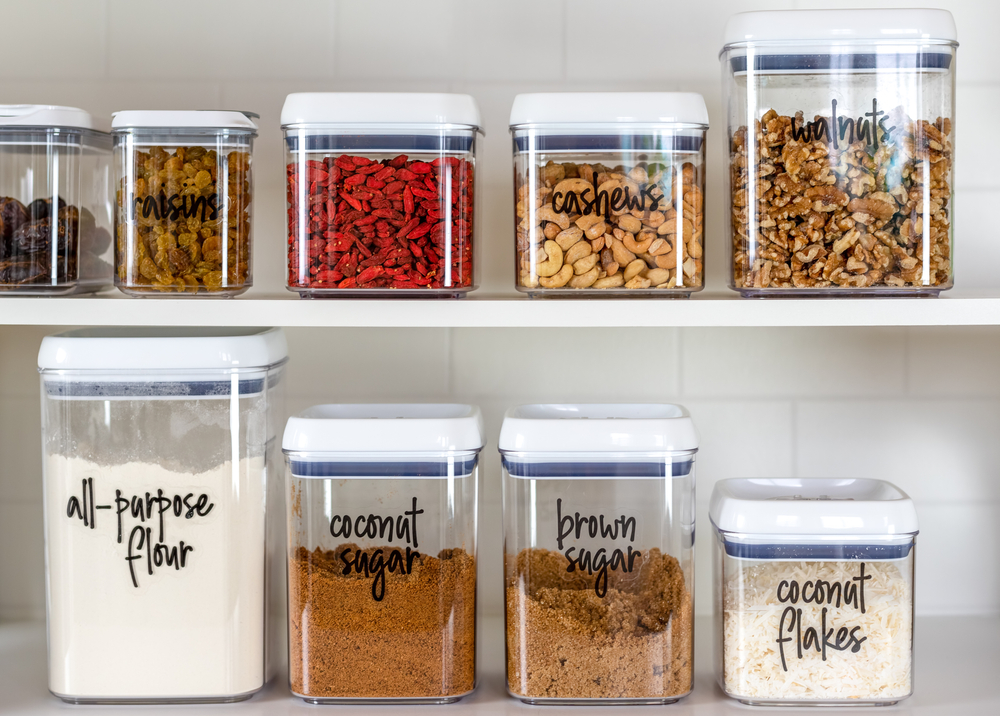
Labels help keep your pantry organized for the long term. Even if containers are clear, some ingredients look similar and can easily be confused. A label on flour, sugar, or salt makes sure no mistakes happen when you are cooking or baking.
Labels also help every family member return items to their proper place. If children or guests use the pantry, they know exactly where to put things back. This consistency keeps your system from falling apart over time.
Arrange Items by Frequency of Use
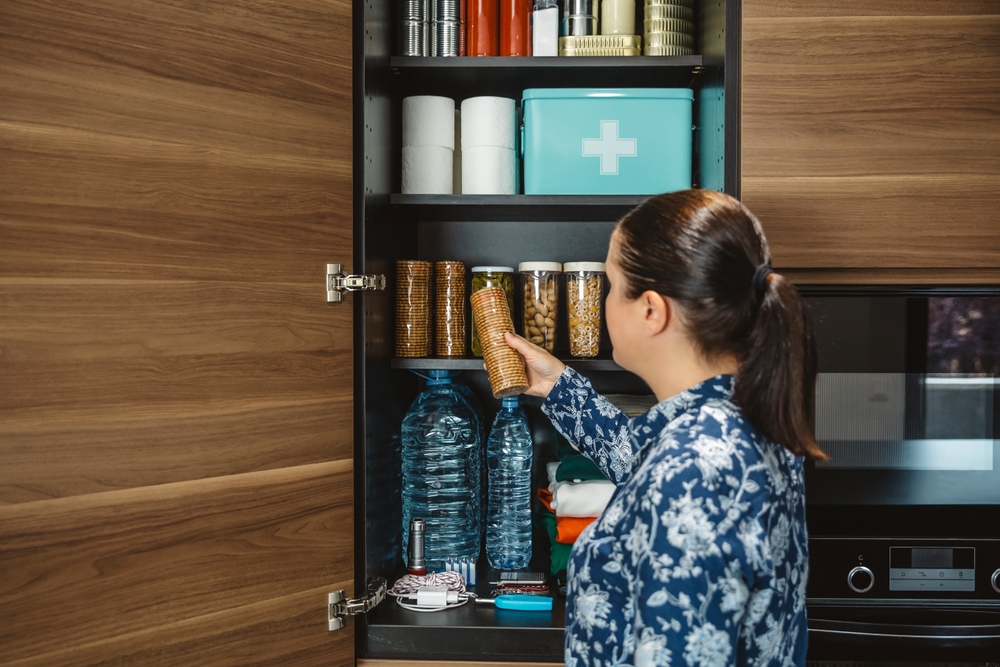
It makes sense to keep the foods you use most often at eye level. Snacks, coffee, and pasta can be placed where they are easiest to reach. Less-used items like specialty baking supplies or seasonal treats can be stored higher up or on lower shelves.
This simple system saves time in the kitchen because your everyday essentials are always close at hand. By thinking about how often you use certain foods, you create a setup that works with your daily routine instead of against it.
Install Shelf Risers
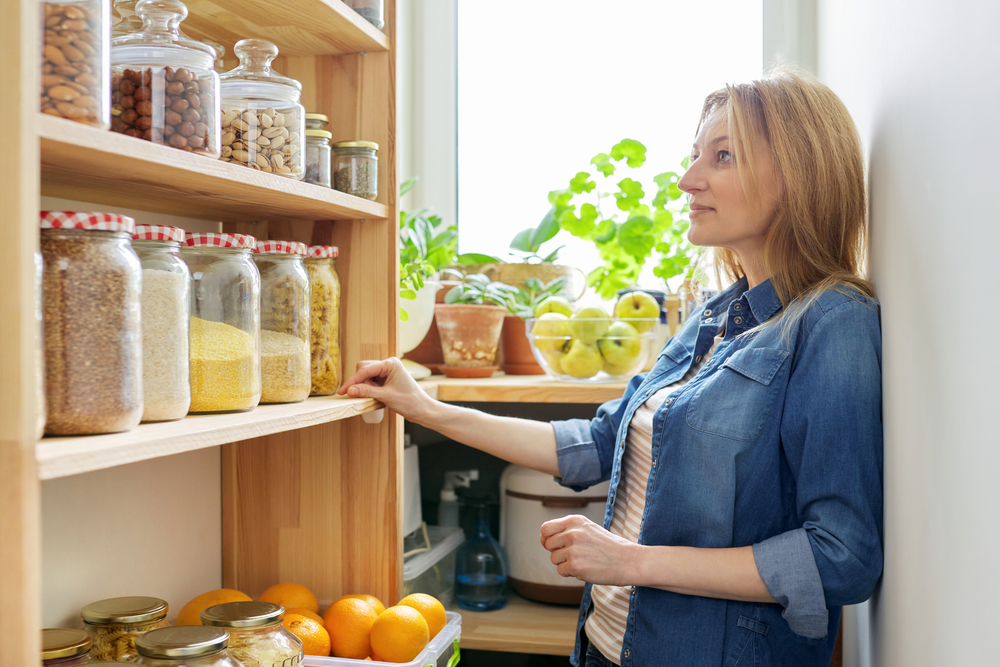
Shelf risers make use of vertical space that would otherwise go to waste. They are invaluable for cans, jars, or condiments that usually end up stacked haphazardly. With risers, you can see everything at once without digging around.
They also help maximize smaller pantries by doubling the space available on each shelf. This keeps things neat while making sure no items get lost in the back. A small investment in risers goes a long way toward long-term organization.
Use Baskets or Bins
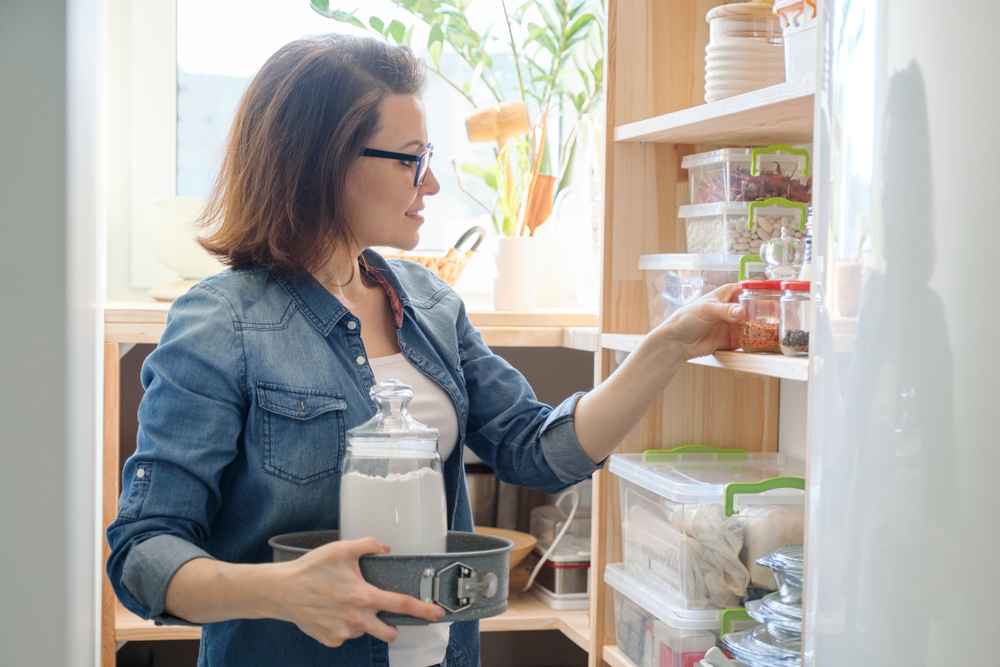
Baskets and bins make it easy to collect small items that might otherwise scatter across shelves. Packets of oatmeal, snack bags, or seasoning mixes fit neatly inside a container. This keeps your pantry looking tidy while making items easy to grab.
Bins also let you create sections within your pantry. For example, one basket can hold all baking supplies while another holds lunchbox snacks. Grouping items this way keeps clutter contained and prevents shelves from becoming messy again.
Rotate Older Items Forward
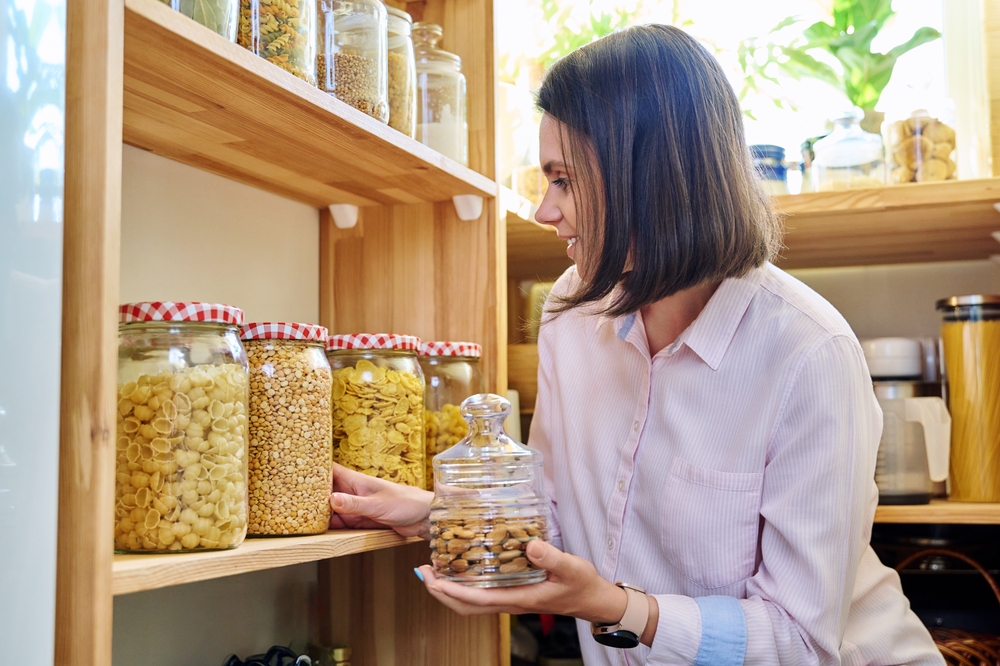
The pantry often hides older products in the back, leading to waste when they expire unnoticed. A simple fix is to place newer items behind older ones so you use them in order. This rotation method keeps your stock fresh and reduces food waste.
It also helps you save money by making sure nothing gets forgotten. By consistently moving older goods forward, you build a habit of using what you have before buying more. This small step adds both order and practicality to your pantry.
Create a Snack Zone

Designating a section for snacks helps keep them organized and easy to grab. If you have children, a low shelf with snacks allows them to easily access what they want without having to rummage through everything. For adults, it keeps quick bites separate from regular meal ingredients.
A snack zone also helps with portion control. By keeping all treats in one place, you can see how much you have and avoid overbuying. It brings structure to an area that often becomes messy.
Store Bulk Items Separately
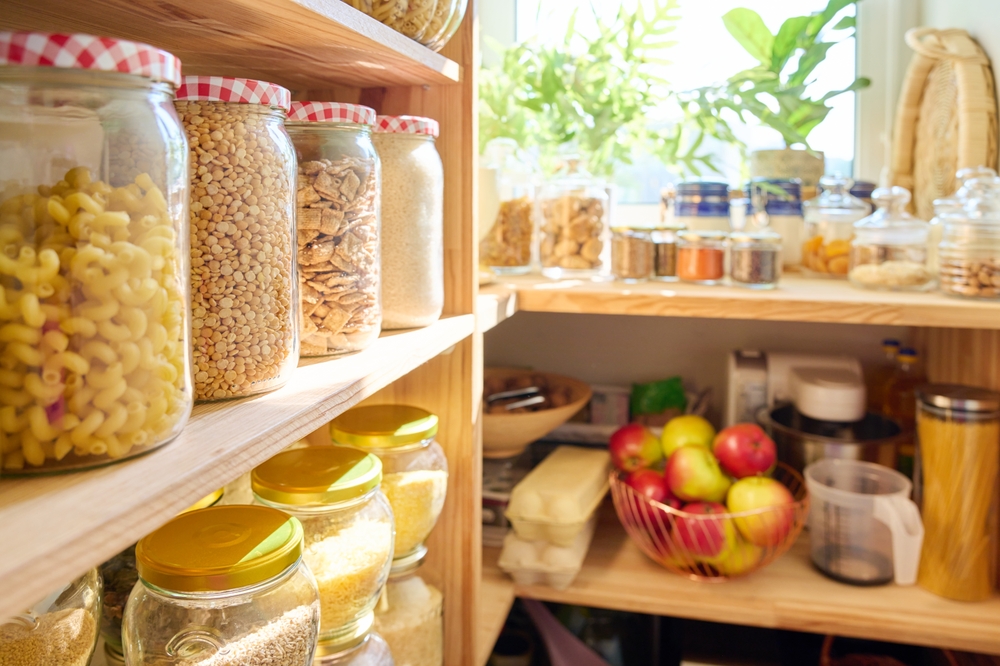
Large bags of rice, flour, or pet food can overwhelm shelves and take up too much space. Instead, transfer smaller amounts into containers for daily use and store the bulk bags in a separate spot. This keeps your pantry neat without sacrificing storage.
It also makes daily cooking easier because you only need to handle manageable containers. Keeping bulk items apart allows your shelves to stay uncluttered and visually balanced.
This article originally appeared on Avocadu.
